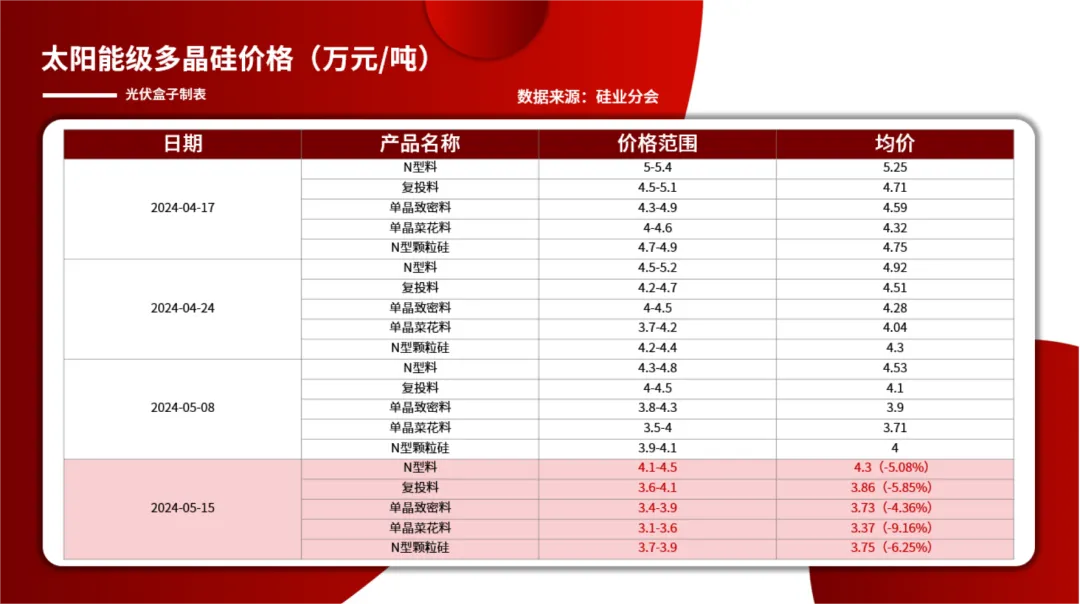Understanding the Expenses Involved in Solar Panel Installation Projects
Understanding Solar Panel Project Costs
As the world pivots towards sustainable energy, solar power has emerged as a viable alternative to conventional energy sources. The adoption of solar panels has witnessed significant growth, driven by technological advancements, environmental awareness, and financial incentives. However, when considering a solar panel project, one of the most critical factors to assess is the overall cost associated with the installation and maintenance of the system.
Initial Costs
The initial costs of installing solar panels can vary widely depending on several factors, including the size of the system, type of solar panels used, installation method, and geographical location. On average, the cost of solar panel installation can range from $15,000 to $25,000 for residential systems before any tax credits or incentives. This figure typically includes the purchase of solar panels, inverters, mounting hardware, and installation fees.
Type of Solar Panels There are primarily two types of solar panels monocrystalline and polycrystalline. Monocrystalline panels, known for their efficiency and longevity, tend to be more expensive than their polycrystalline counterparts. The choice of panel type plays a significant role in the overall project cost and the return on investment (ROI).
Installation Costs Installation costs can also fluctuate based on labor rates in different regions and complexities involved with the installation site. For instance, roofs that are steep or historically significant may require more effort and safety measures, increasing labor costs.
Incentives and Financing Options
To alleviate the financial burden of solar panel installation, many regions offer incentives. The Federal Investment Tax Credit (ITC) allows homeowners to deduct a percentage of their solar installation costs from their federal taxes. Many states and local governments also provide rebates, tax credits, and grants to encourage renewable energy use. Researching these options can significantly impact the overall costs.
Financing options such as solar loans, solar leases, and Power Purchase Agreements (PPAs) are also available to widen access to solar energy. Solar loans allow homeowners to borrow money to pay for their solar systems, which they repay over time, often with fixed interest rates. In a solar lease or PPA arrangement, homeowners can install solar panels without an upfront payment; instead, they pay a monthly fee or purchase the power generated at a set rate.
solar panel project cost

Operating and Maintenance Costs
After the initial installation, the ongoing costs of a solar panel system are relatively low compared to traditional energy sources. Solar panels generally require minimal maintenance, primarily cleaning to ensure maximum efficiency. Systems are built to last, often with warranties ranging from 20 to 25 years. Regular inspections help identify any issues early on, so budget considerations should include potential maintenance costs.
Additionally, the performance of solar panels can degrade over time, typically at a rate of about 0.5% to 1% per year. This degradation rate means that over the lifespan of the panels, their efficiency will decrease, potentially leading to reduced electricity savings. Homeowners should factor this into their long-term financial projections.
Return on Investment
Understanding the ROI of a solar panel project is essential in justifying the costs involved. The average payback period for solar systems typically ranges from 5 to 10 years, depending on local electricity rates, the cost of installation, and available incentives. After this period, homeowners can enjoy significant savings on their electricity bills, making solar a financially prudent choice in the long run.
Moreover, investing in solar panels can increase property value. Numerous studies show that homes equipped with solar energy systems sell for more than similar homes without solar. This property value increase further enhances the financial viability of solar power investments.
Conclusion
While the initial costs of a solar panel project can be significant, the long-term benefits, including reduced energy bills, financial incentives, and a positive environmental impact, make it a worthwhile investment for many homeowners. By weighing initial costs against potential savings and financing options, individuals can determine the best approach for their specific circumstances. As the solar market continues to grow and evolve, understanding these costs will become increasingly important for those seeking to embrace renewable energy solutions.
-
Unlocking Energy Freedom with the Off Grid Solar InverterNewsJun.06,2025
-
Unlock More Solar Power with a High-Efficiency Bifacial Solar PanelNewsJun.06,2025
-
Power Your Future with High-Efficiency Monocrystalline Solar PanelsNewsJun.06,2025
-
Next-Gen Solar Power Starts with Micro Solar InvertersNewsJun.06,2025
-
Harnessing Peak Efficiency with the On Grid Solar InverterNewsJun.06,2025
-
Discover Unmatched Efficiency with the Latest String Solar InverterNewsJun.06,2025







